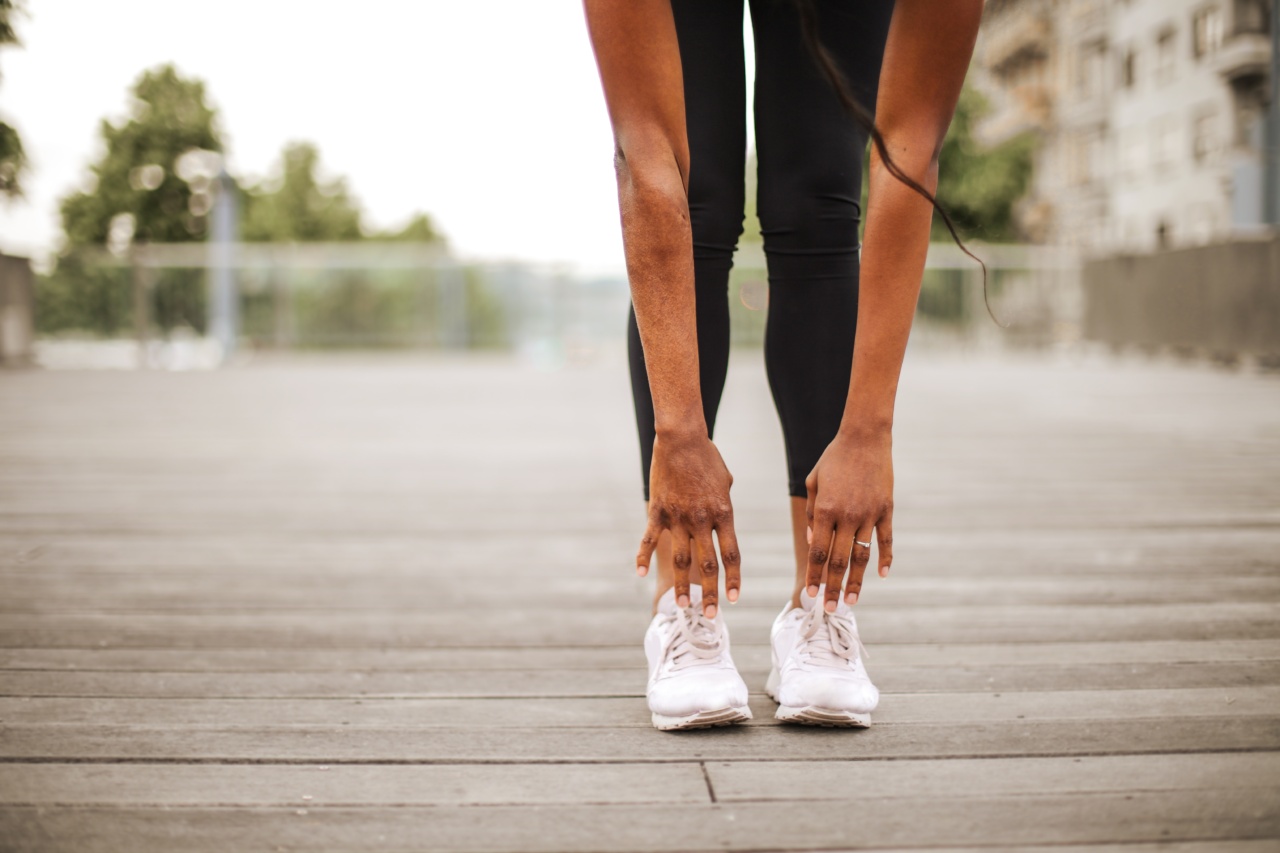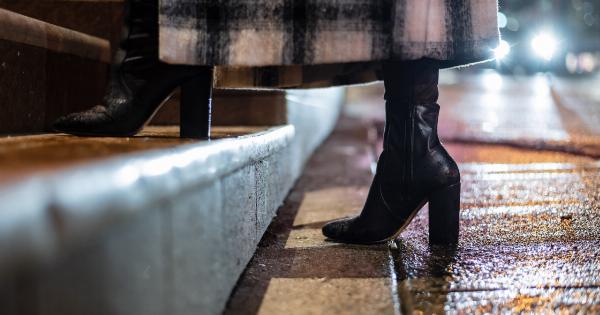Our legs are an essential part of our body that supports us and helps us move around. However, they can also provide valuable insights into our overall health.
In some cases, specific signs or symptoms in our legs could be indications of underlying health concerns that need attention. By paying close attention to these signs, we can address potential issues early on and prevent further complications. In this article, we will explore ten signs from your legs that may indicate health concerns.
1. Swollen Legs
One of the most apparent signs of a health concern is leg swelling. When your legs appear excessively swollen, it could indicate an underlying problem such as deep vein thrombosis (DVT), a blood clot that forms in the deep veins of the leg.
Additionally, heart failure, kidney disease, and liver disease can also cause leg swelling. If you notice persistent leg swelling, it’s crucial to seek medical attention for a proper diagnosis and treatment.
2. Varicose Veins
Varicose veins are twisted, enlarged veins that commonly occur in the legs. They are often dark purple or blue and may protrude from the skin’s surface.
While varicose veins may not pose a significant health risk in most cases, they can cause discomfort, pain, and aching. In some instances, varicose veins may indicate a more severe condition called chronic venous insufficiency (CVI). CVI occurs when the valves in the veins become damaged or weak, leading to blood pooling in the legs.
It is important to consult with a healthcare professional if you have varicose veins to determine the best course of action.
3. Leg Pain During Exercise
Experiencing pain in your legs during exercise could potentially be a sign of a condition known as claudication. Claudication refers to muscle pain or cramping that occurs due to reduced blood flow to the muscles.
This reduced blood flow is often caused by the narrowing of arteries, a condition known as peripheral artery disease (PAD). PAD commonly affects the legs and can be a sign of more widespread atherosclerosis. If you consistently experience leg pain during exercise, it is important to get evaluated by a healthcare professional to identify the underlying cause.
4. Cold Feet
If your feet constantly feel cold, it could be an indication of poor circulation. Peripheral artery disease (PAD) can restrict blood flow to your extremities, leading to cold feet.
Additionally, conditions such as Raynaud’s disease can cause reduced blood flow and result in cold extremities. If you notice persistent cold feet, it’s essential to consult with a healthcare professional to determine the underlying cause and explore appropriate treatment options.
5. Weakness or Numbness
Experiencing weakness or numbness in your legs can be a cause for concern. It could indicate nerve damage or compression, such as sciatica, which is a result of the compression of the sciatic nerve.
Conditions like peripheral neuropathy, multiple sclerosis, and spinal cord injuries may also lead to weakness or numbness in the legs. It is crucial to consult with a healthcare professional for proper evaluation and to develop an appropriate treatment plan.
6. Skin Discoloration
Unusual skin discoloration in the legs can be a sign of an underlying health issue. For instance, a bluish or purple coloration may indicate poor circulation or venous insufficiency.
Redness, warmth, and swelling can be signs of an infection or inflammation. Skin discoloration should not be ignored and warrants a medical evaluation to determine the exact cause and appropriate treatment.
7. Persistent Leg Ulcers
Leg ulcers are open sores or wounds that typically occur on the lower legs or ankles. They can be painful and significantly impact your quality of life.
Leg ulcers can be caused by various factors, including poor circulation, venous insufficiency, and peripheral artery disease. If you notice persistent leg ulcers that do not heal within a reasonable timeframe, it is essential to consult with a healthcare professional for proper diagnosis and treatment.
8. Thickened Toenails
If your toenails become thickened or discolored, it may indicate an underlying health concern. Fungal infections, such as onychomycosis, are a common cause of thickened toenails.
However, in some cases, thickened toenails can be a sign of peripheral artery disease or other circulatory issues. Seeking medical advice can help identify the cause and determine the appropriate treatment for thickened toenails.
9. Leg Cramps
Leg cramps, also known as Charley horses, can occur due to various reasons, including dehydration, mineral deficiencies, and muscle fatigue.
However, they can also potentially indicate an underlying health concern, such as peripheral artery disease, nerve compression, or poor circulation. If you experience frequent or severe leg cramps, it is advisable to consult with a healthcare professional for an accurate diagnosis and appropriate treatment options.
10. Chronic Pain or Discomfort
Persistent chronic pain or discomfort in your legs should not be ignored, as it could be a sign of an underlying health condition. Conditions such as arthritis, bursitis, tendinitis, or even deep vein thrombosis (DVT) can cause prolonged leg pain.
It is essential to seek medical advice to determine the cause of chronic leg pain and to find ways to manage or alleviate the discomfort.
Conclusion
Our legs provide us with vital clues about our overall health. If you notice any concerning signs or symptoms in your legs, it is crucial to consult with a healthcare professional for a proper diagnosis and appropriate treatment.
Addressing potential health concerns early on can help prevent complications and ensure optimal leg health. Remember, your legs are not just for walking – they are also a reflection of your overall well-being.































